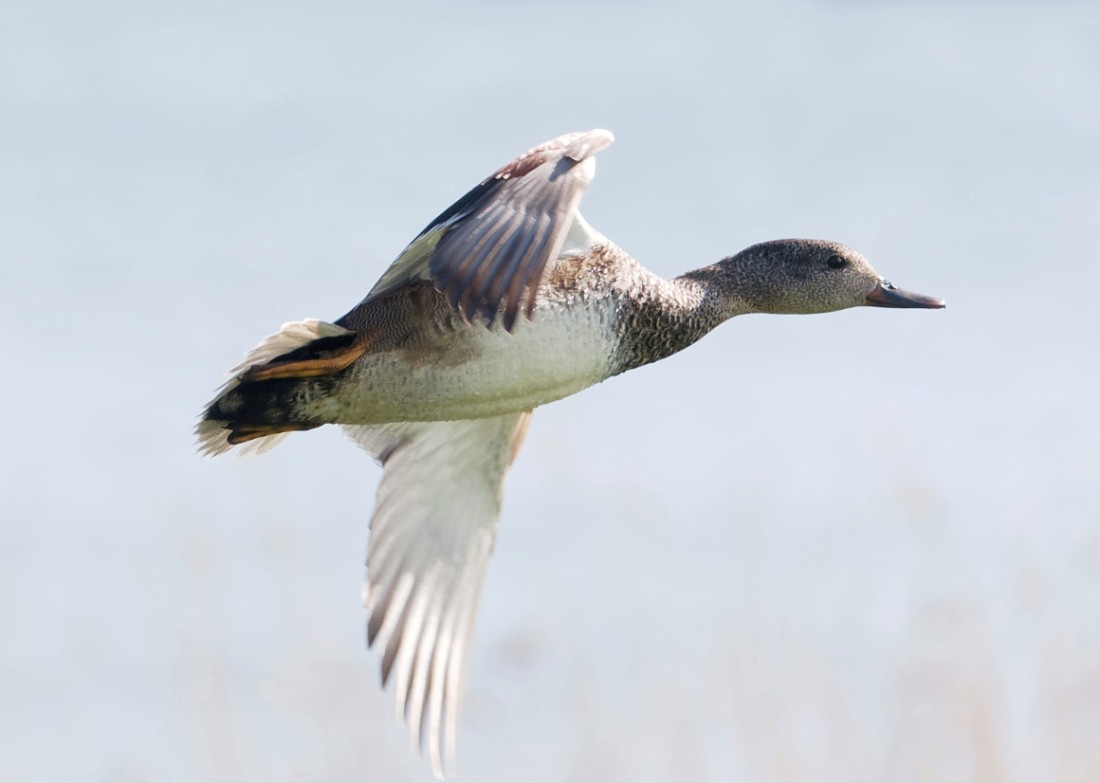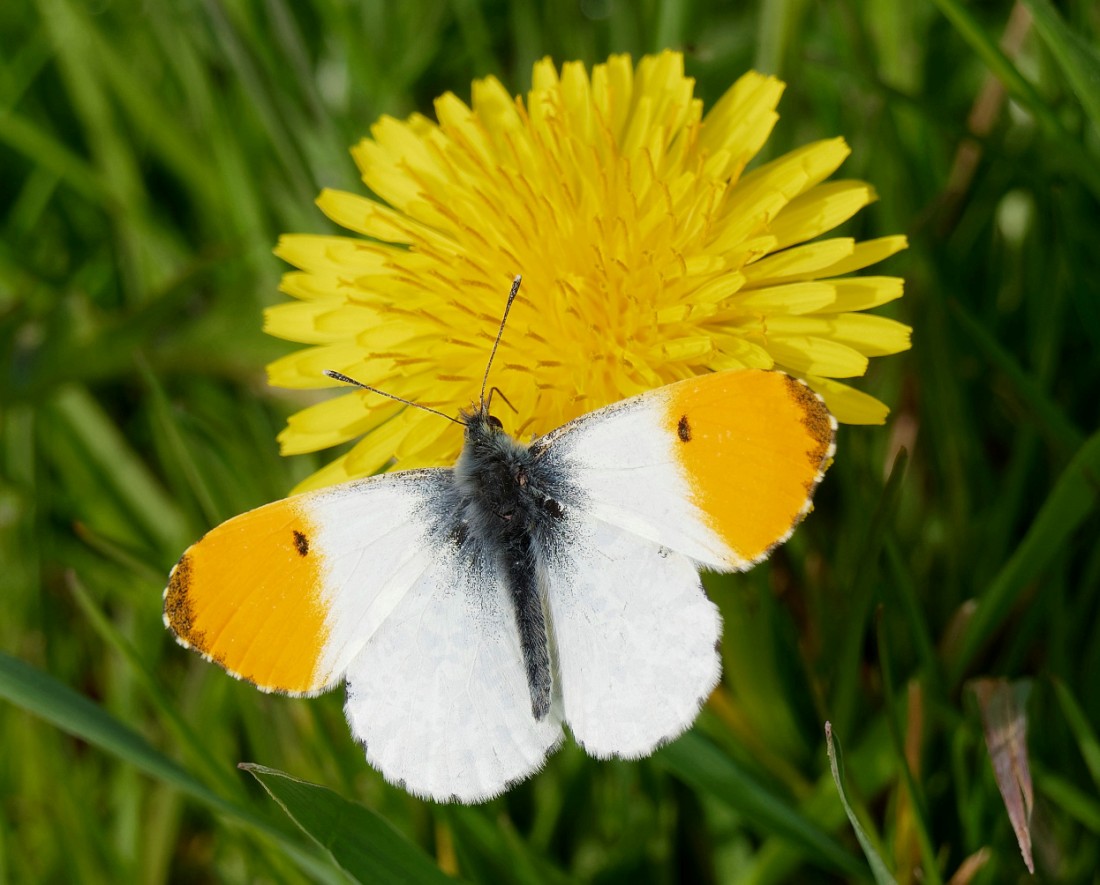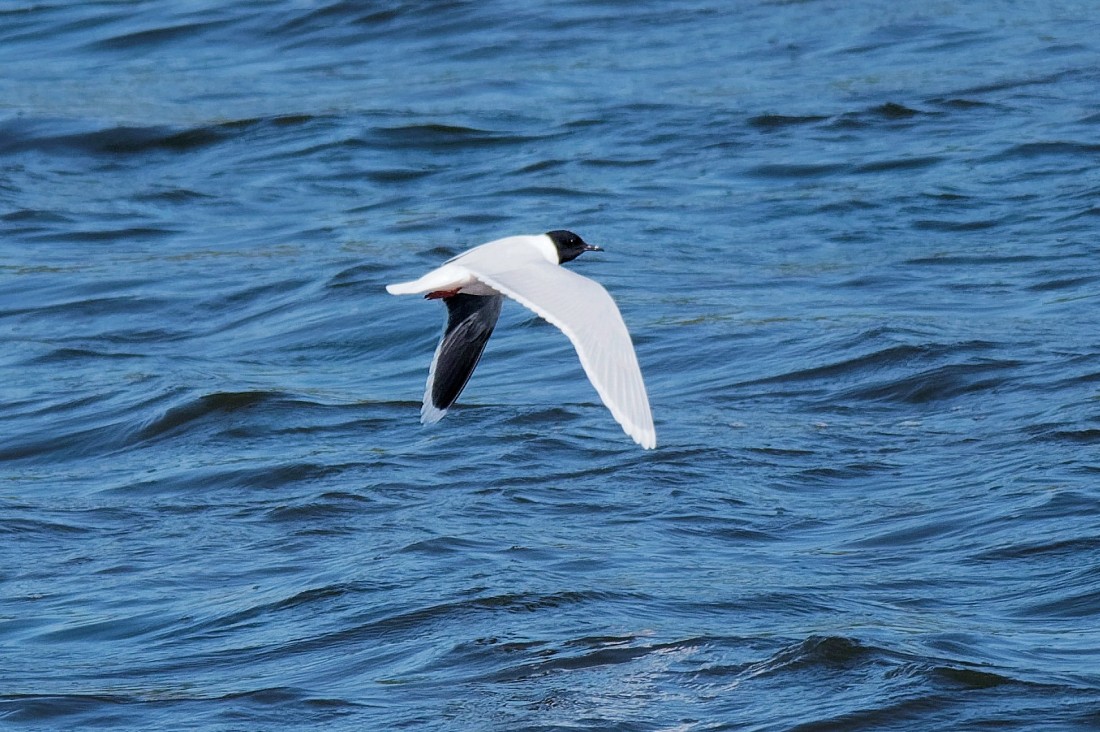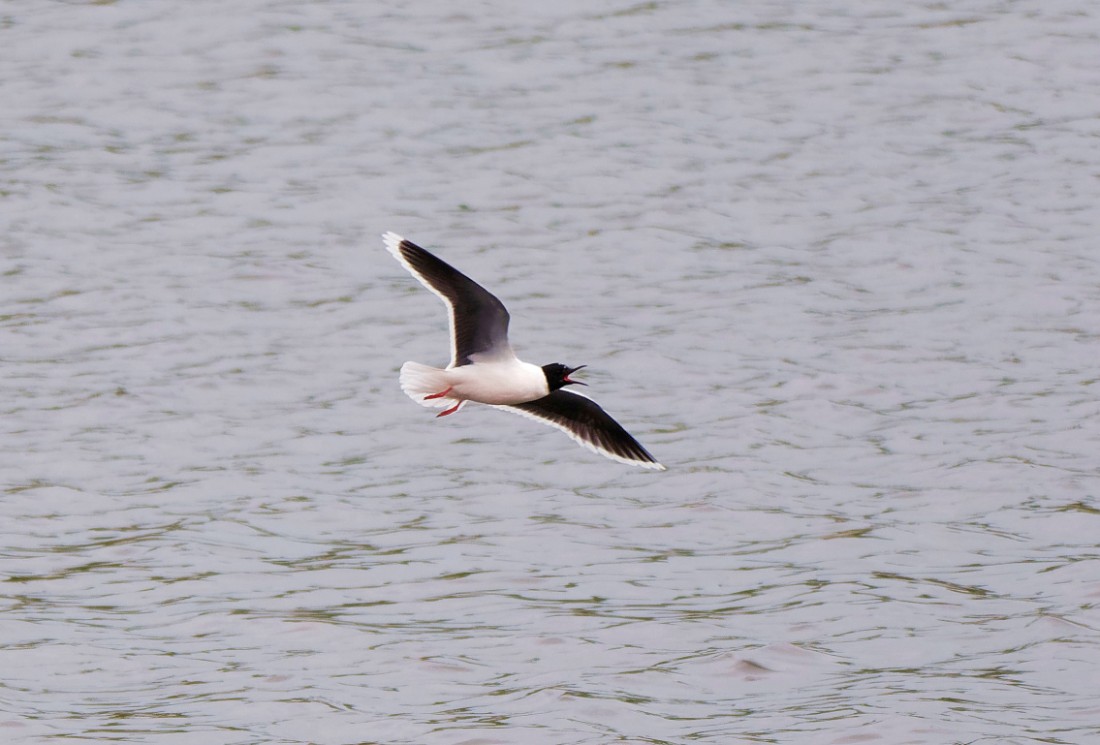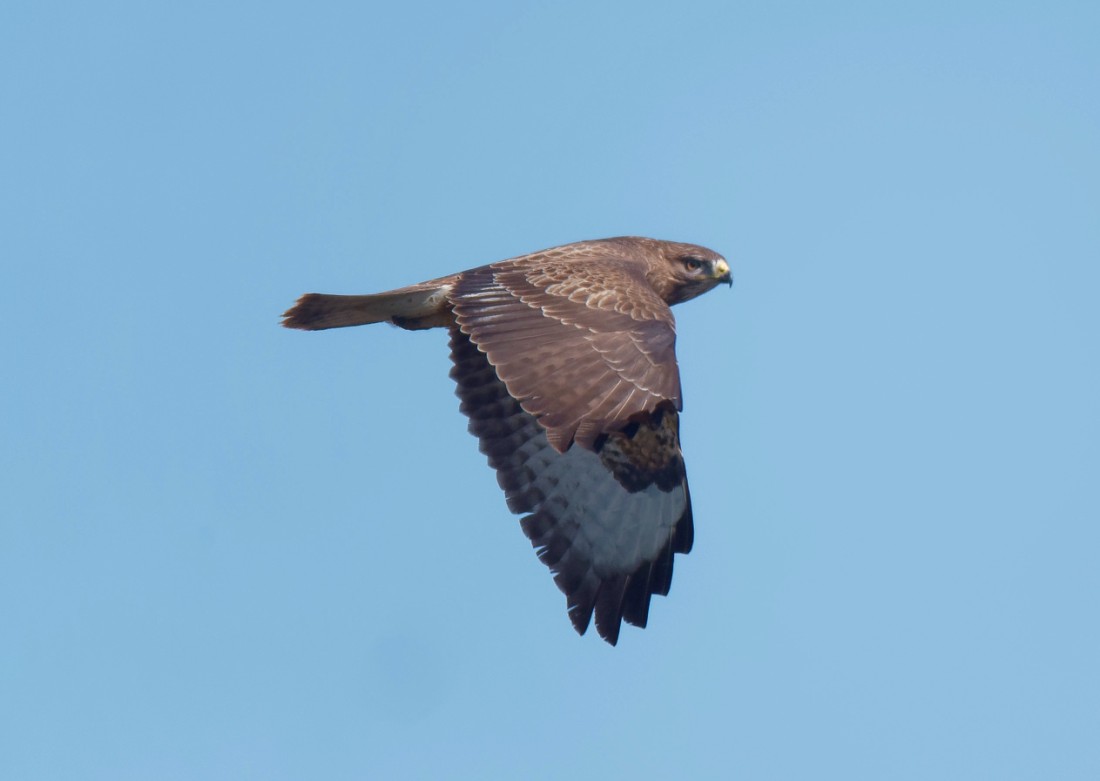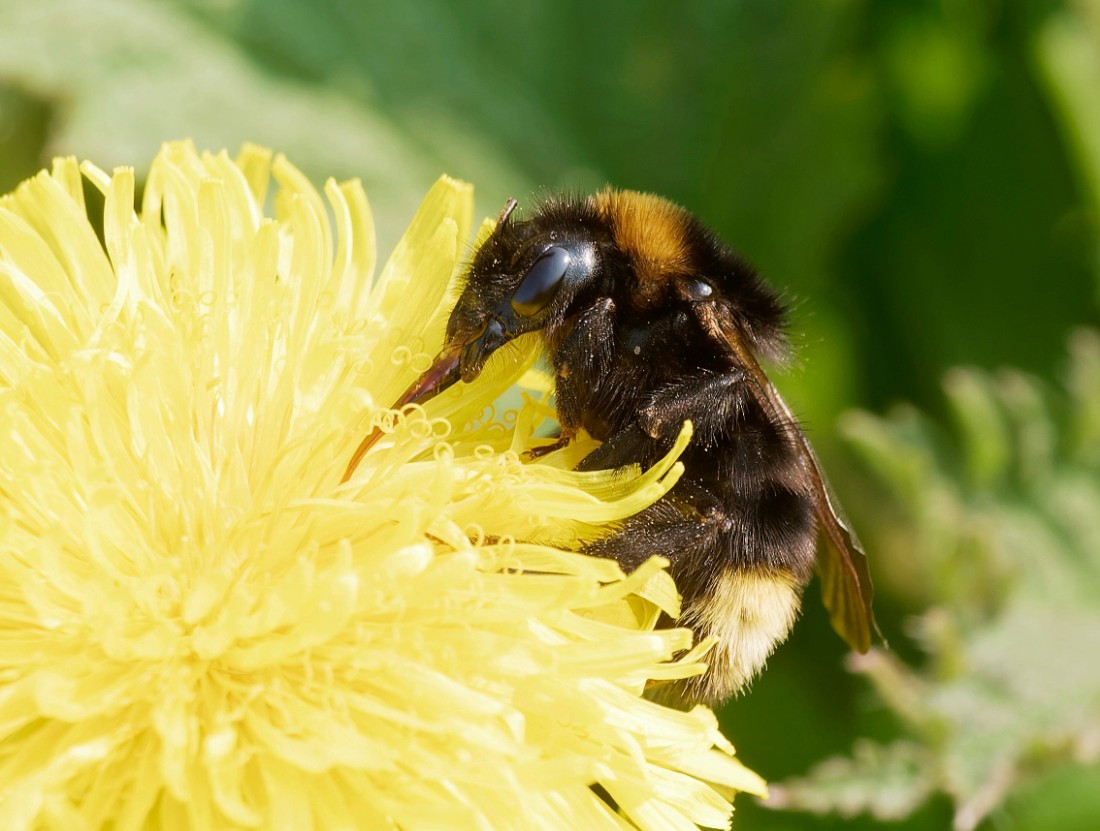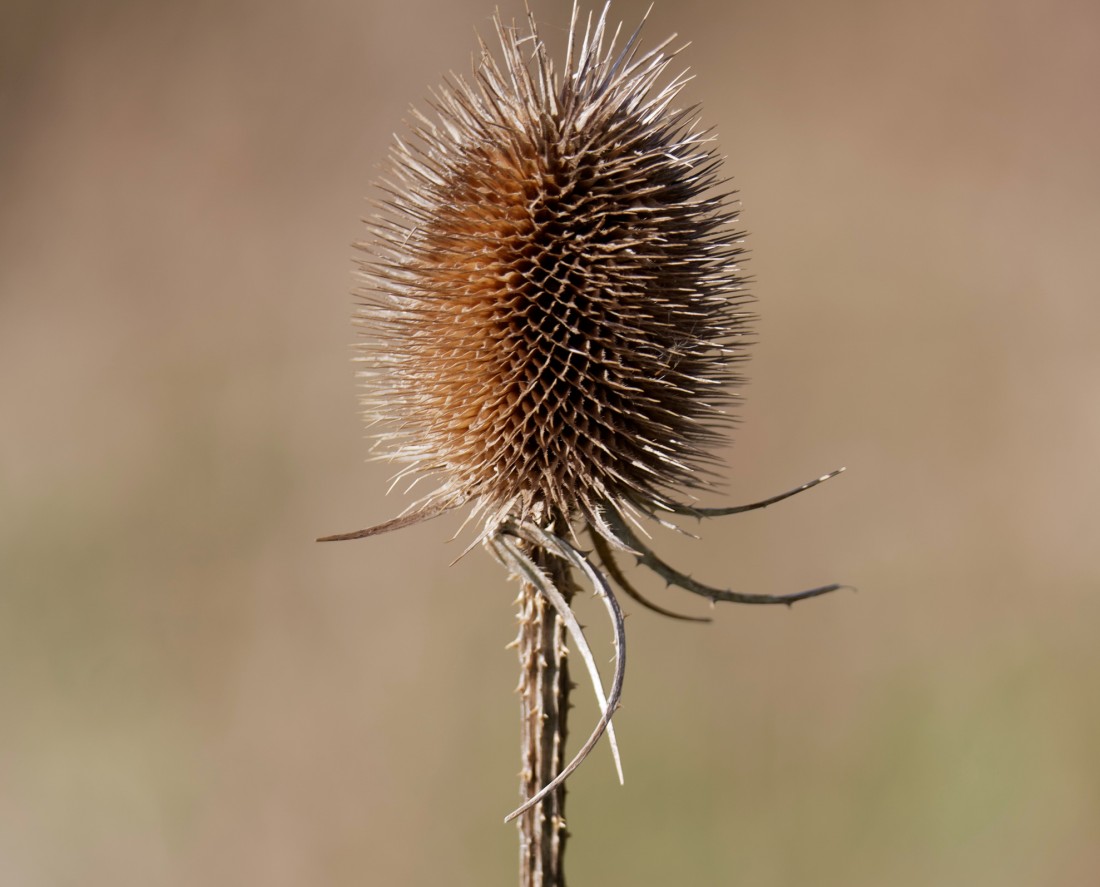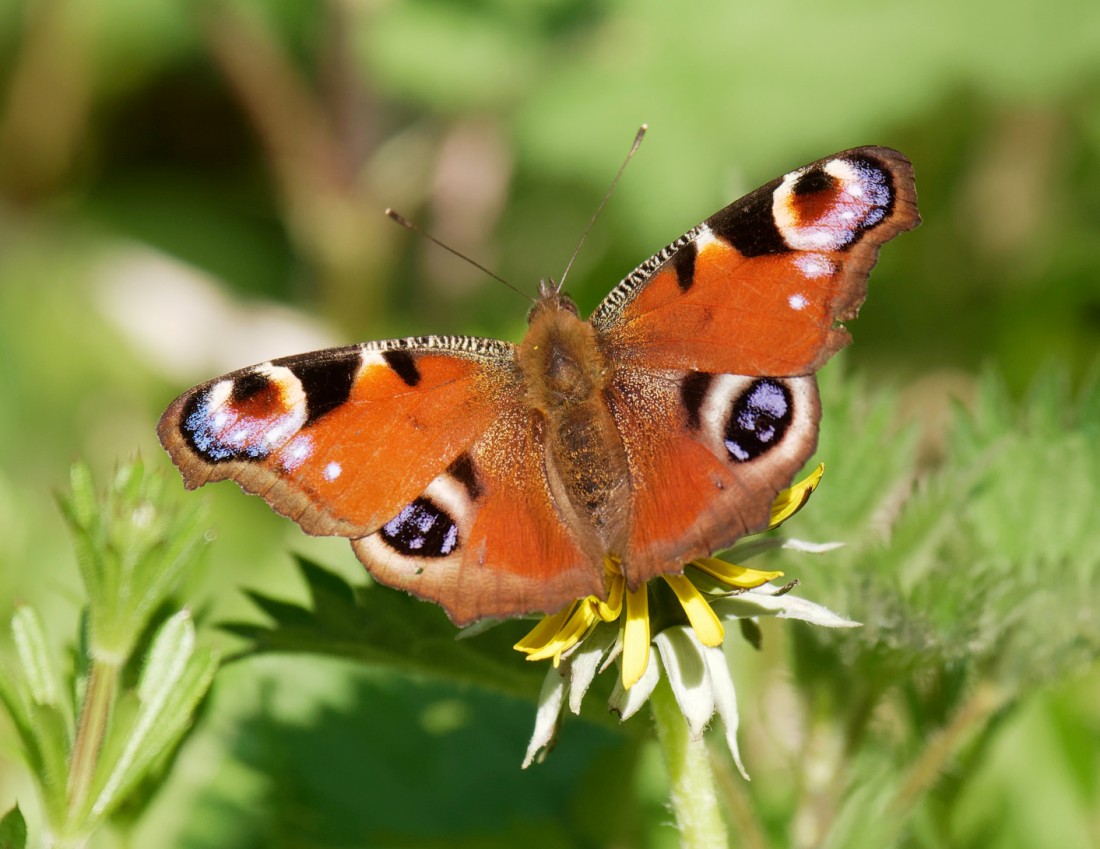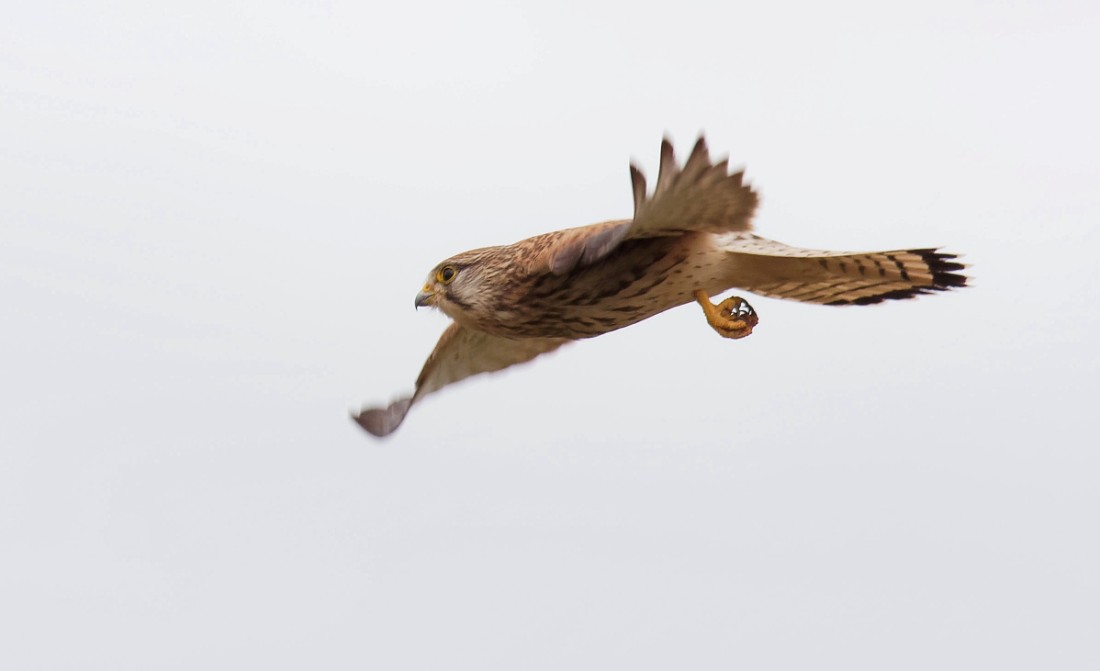Woolston Eyes Monthly Sightings
2020-04-30
With a light but cool south-easterly breeze and largely overcast skies at dawn, it again looked good for migration. My walk along the public footpath to the Weir Basin started well and kept getting better. As has been the case on most mornings, a Marsh Harrier was disturbing the gulls over No.3 bed. Then c.100 Sand Martins came over, heading east, which must have roosted nearby, probably on No.3 bed. They were followed by a ceaseless stream of hirundines, arriving to feed over Nos.2 and 3 beds before eventually drifting off to the east. I estimated 460 Sand Martins, 60 Swallows and 40 House Martins had passed through by the time I’d finished my walk. The two best sightings though, came at the Weir Basin, where three Whimbrel flew west along the river, calling, and 13 Swifts were hawking high over the north bank of No.3 bed. Finally, high over head a Raven chased a Buzzard, with some spectacular acrobatics resulting. Photo of a Gadwall Cheers David
Submitted by: David Bowman
2020-04-28
A later than usual start to my walk to the Weir Basin at Woolston Eyes, with the first really overcast skies for a good while. The wind was still from the east though and rain threatened, which are good conditions for observing migration. There were some nice birds from the start, with a Kingfisher on the canal, a Lesser Whitethroat in song and a distant Marsh Harrier flushing the Black-headed Gulls over No.3 bed. As May approaches you expect to see some larger scale arrivals of migrants, as the urge to breed pushes birds northwards in all but the most adverse conditions. Today, it was a sizeable arrival of hirundines, with an estimated 300 spread out, hawking over Nos. 2 and 3 beds. The bulk were Sand Martins, estimated at around 220, with the rest fairly evenly split between Swallows and House Martins. Whenever you get a large gathering of hirundines it pays to keep one eye open for a Hobby. These dashing little falcons prey on hirundines, which always spot the predator long before you do and ball up into a tight flock to undertake evasive manoeuvres. This happened a couple of times before I was able to locate the sickle shape of the falcon, cutting through the flock before dashing away to the north. Cheers David
Submitted by: David Bowman
2020-04-25
As I set off to do my regular dawn walk to the along the Ship Canal track and on to the Weir Basin at Woolston Eyes, the clear blue sky and light easterly breeze were promising signs. It is somewhat ironic that lockdown has coincided with the best spring birding weather in a long time. Two Lesser Whitethroats in song along the canal track were recent arrivals and a few Sand Martins and Swallows drifted overhead. At the Weir a Common Tern flew west down the river and it was good to connect with my first Swift of the season, also heading west. The best find of the day, though, came when I was scanning from the No.2 bed footpath to see if any of the Little Gulls from earlier in the week were still around. They weren’t, but instead a single summer plumaged Black Tern was hawking over No.3 bed in their place. These elegant little marsh terns, with their sooty black bodies and silver-grey wings, occasionally pass over on the way from their African wintering grounds to breeding sites in north-east Europe. We manage to see one or two at Woolston in most years and they are always a real treat. Photo of a Grey Heron Cheers David
Submitted by: David Bowman
2020-04-23
Up at dawn and out for a walk to the Weir Basin with sunshine, hazy cloud and a light north-easterly breeze. While there were plenty of warblers singing, including Whitethroats, Sedge Warbler and Reed Warblers there was little visible passage, with just one White Wagtail noted and for once, no hirundines. As the day warmed I was going cross-eyed, keeping one eye on the skies and the other on the ground, enjoying the mass of butterflies and insects feeding on the dandelions and other emerging flowers. Butterflies included a couple of Speckled Woods, a Brimstone, 10 Orange Tips, 5 Green-veined Whites and large numbers of Peacocks and Small Tortoiseshells. I also managed to find a couple of teneral (newly emerged) Large Red Damselflies. Other wardens were also out and about walking the river-side paths and finding a reeling Grasshopper Warbler, a Whooper Swan and a Marsh Harrier. Photo of an Orange Tip Cheers David
Submitted by: David Bowman
2020-04-21
One of the interesting factors about birding at Woolston Eyes is the way a number of different flyways pass through the Reserve. Migrating birds often follow distinctive visual features, such as rivers, motorways or railways. At Woolston the M6 Motorway provides a north-south flight-line, while the Mersey and the Ship Canal do the same from east to west. Today I started my walk along the path to the Weir Basin at 5.45 am and it was the Mersey which delivered some of the day’s most exciting sightings. Initially, it was hirundines moving, with dozens of House Martins, Swallows and Sand Martins arriving from the west and stopping to feed for a while before heading off along the river into the freshening easterly wind. Then it was an adult Little Gull doing the same. With two Little Gulls still ‘scopable in No.3 bed from the No.2 bed path, this was probably the fourth individual to arrive since Saturday. Most unexpected, perhaps was the flock of 25 Arctic Terns which passed over at height, which I nearly missed as I initially passed them off as a flock of Feral Pigeons! Then it was a quick jaunt onto No.4 bed to check on the contractor’s progress with the new wetland development. This delivered a final surprise, as a Jack Snipe flushed from the edge of a small pool - always a tricky bird to find at Woolston. Photo of today’s Little Gull Cheers David
Submitted by: David Bowman
2020-04-18
An easterly wind in springtime always brings a good chance of finding something out of the ordinary. I was out at 5.30 am walking the footpath along the canal to the Weir Basin and River Mersey. The Black-headed Gulls going crazy over the east bank of No.3 bed drew my attention to three soaring Marsh Harriers, all young birds, a male and two females. A pair then began to display, tumbling in the air and locking talons. We’ve been hopeful for years that some of the many passing Marsh Harriers would stay to breed but not been lucky so far. As they don’t breed until they are 2-3 years old, it’s likely that these birds were prospecting for a future nest site, so maybe before too long. At the Weir Basin another nice surprise was a stunning adult Little Gull, dipping tern-like to pick insects of the surface of the water. These are our smallest gull and migrate across the UK to their north-east European breeding grounds. Later, scoping No.3 bed from the bank of No.2 produced two more of these little gems. All the while, scores of Swallows, House Martins and Sand Martins were hawking over the beds, with Redshank and Oystercatcher following the river to the west. Other wardens were also out and about, independently walking the footpaths along the north bank of the Mersey. Between them they turned up two Greenland Wheatears, a late migrating Whooper Swan, a drake Mandarin, a Green Sandpiper, Little Ringed Plovers and a Mediterranean Gull. What a day! Photo of the adult Little Gull Cheers David
Submitted by: David Bowman
2020-04-16
Well, that was a wonderful walk to the Weir Basin and back today. When you get warm weather in spring, with a light south-easterly breeze, there is always a chance of something interesting drifting over. The walk started well, with Reed Warblers and Whitethroats in song and my first wildfowl brood of the season, a Mallard with four young on the Mersey Oxbow. A couple of Swallows then passed through as I kept checking the sky for signs of passage. Birds of prey and other broad-winged birds often like to move in these conditions and it pays to check every high soaring bird. Mostly, they turn out to be Common Buzzards but eventually you get your rewards. Today, I picked out a tiny speck, high in the blue near the limits of vision (well, my vision, anyway!). This was then followed by a Marsh Harrier, which used the rising thermals from the bank of No.3 bed to spiral up and away, on the same track as the Kite. Daniel Owen had an even better morning, starting with Green and Common Sandpipers at the Weir Basin before picking up four Common Cranes flying west along the Mersey near ButchersfieldTip. Photo of the Marsh Harrier Cheers David Bowman
Submitted by: David Bowman
2020-04-14
Another beautiful spring morning for an early walk along the footpath to the Weir Basin. As the day warmed, hirundines started arriving to feed on the rising columns of flying insects, with counts of 6 House Martins,7 Swallows and 11 Sand Martins - no early Swift though! The accompaniment of a wide variety of bird song added to the pleasure, with six species of warbler adding to the sound track: Reed Warbler, Whitethroat, Blackcap, Willow Warbler, Chiffchaff and Cetti’s Warbler. All bar the latter are migrants, arriving from wintering grounds in Africa or around the Mediterranean basin. Cetti’s Warblers, in contrast, have spread north from southern Europe as the climate has warmed and around 20 pairs now breed on the Reserve. All we are waiting for are now, of our regular breeding warblers, are Grasshopper Warbler, Lesser Whitethroat and Garden Warbler. The viewpoint from the footpath above the Weir Basin is an excellent place to look for migrants passing over, as well as for raptors. While Osprey and Red Kite have been noted over the Basin in the past, today it was just the Reserve’s resident birds of prey which showed well, including Peregrine, Buzzard, Sparrowhawk and Kestrel. Photo of a Common Buzzard from this morning Cheers David
Submitted by: David Bowman
2020-04-11
Up with the sun and down to walk the public footpath to the Weir Basin. The morning was still and sultry with not much moving, though there had clearly been an arrival of migrant warblers. All along the path birds were in song, with highlights of one distant Reed Warbler, one Whitethroat, double figure counts of Willow Warbler, Blackcap and Chiffchaff plus a couple of our resident Cetti’s Warblers. Despite a lot of scanning of the hazy blue sky I was beginning to think it would be the first walk for a while without any hirundines but right at the end, six Sand Martins flew through. Once again, the warm weather brought out loads of bees and butterflies, with the pick being three Brimstones and five Orange Tips. Cheers David
Submitted by: David Bowman
2020-04-11
Up and out early on Thursday for a walk along the public footpath to the Weir Basin. With favourable winds over the past couple of days it was no surprise to hear many newly arrived migrants. Seven Willow Warblers, eight Blackcaps and 18 Chiffchaffs were all in full song, along with a couple of our resident Cetti’s Warblers. As the day warmed the emerging flowers and particularly the dandelions, were hosting good numbers of butterflies, bees, hoverflies and other insects. The butterfly totals were:1 Brimstone, 2 Orange Tips, 9 Small Tortoiseshells and 23 Peacocks. Cheers David Bowman
Submitted by: David Bowman
2020-04-07
A really enjoyable walk through the public areas of the Reserve, with bright sunshine and a warm south-westerly breeze. Small numbers of hirundines were passing over, with totals of seven Swallows and 14 Sand Martins, while the only other migrant noted was a Blackcap in song. The most memorable sight, though, was the large numbers of bees, butterflies and other insects feeding on the profusion of Dandelions. Dandelions are often derided as weeds but they are the most important plant for feeding the early emerging nectar and pollen feeders in early spring. The butterfly count was excellent, for the time of year, with totals of: 1 Brimstone, 3 Orange Tips, 1 Red Admiral, 2 Commas, 12 Peacocks and 15 Small Tortoiseshells.
Submitted by: David Bowman
2020-04-04
Up at 5.00 am and out for my walk along the public footpath to the Weir Basin and the Mersey. This is the time of year for keeping your ears pricked and your eyes on the skies for singing or over-flying migrants. As well as numerous Chiffchaffs and two Cetti’s Warblers a distant Willow Warbler was singing from somewhere in No.2 bed. A calling Redshank was by the river though it didn’t come in to sight. Overhead odd hirundines were going over, totalling 21 Sand Martins and 7 Swallows by the time I’d finished my walk. As ever there were plenty of raptors around, headed by a male Peregrine and followed by a Kestrel, 2 Sparrowhawks and 6 Common Buzzards. Altogether, a great anti-dote to the current situation. Photo of a Kestrel
Submitted by: David Bowman

